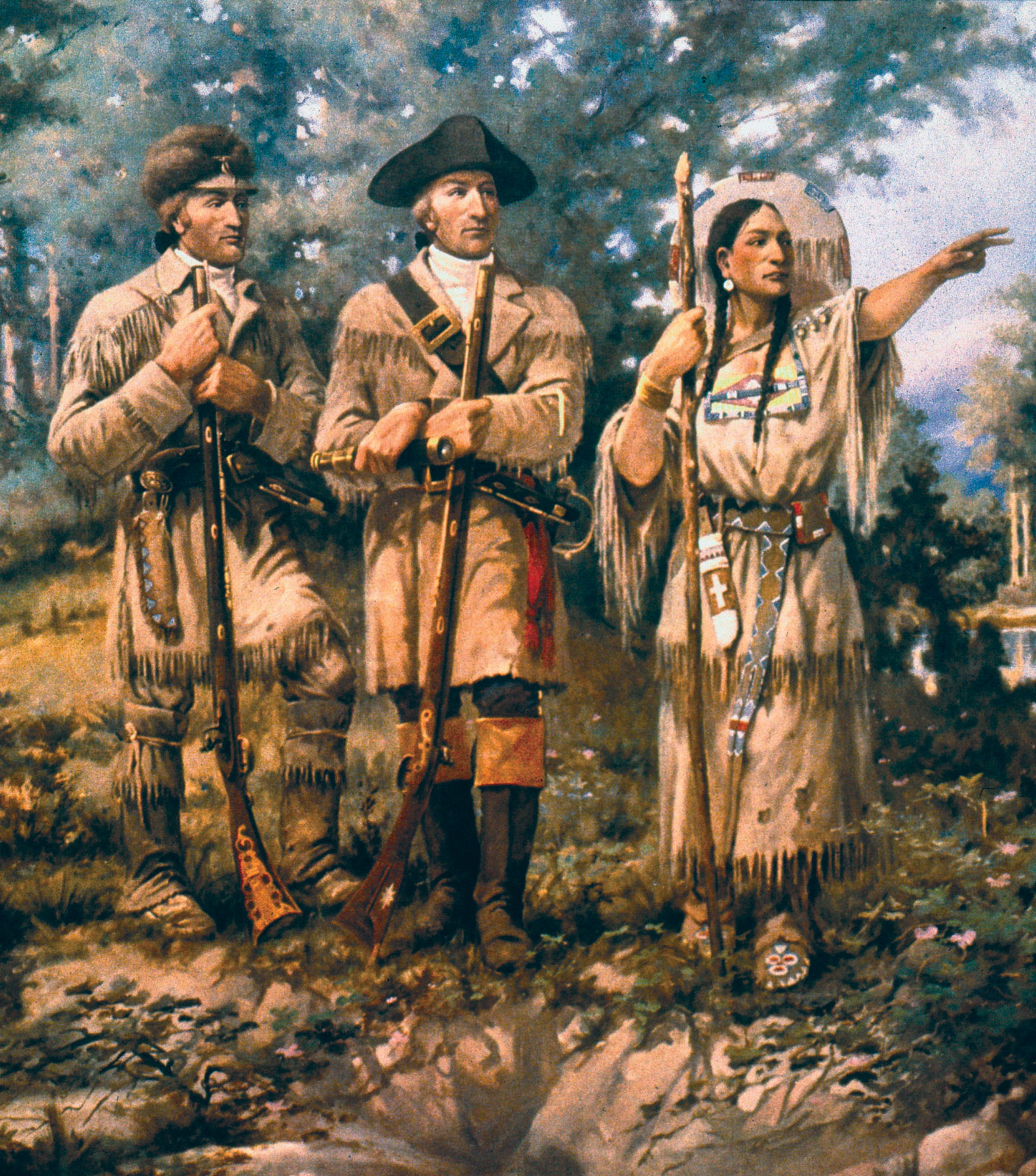The TOEFL often features talks with a science theme so today I decided to find one that is also an IELTS Academic theme (in the reading section) because listening to an explanation can often help to explain a Reading exercise that's based on the same subject. Please note, I am not a Psychologist so this is new to me too and only intended as a practice listening!
 |
Photo by jesse orrico on Unsplash
|
This video explains the Triune Brain and gives you the opportunity to learn some very specific vocabulary which is listed below.
The questions are under the video. Read the questions then watch and take notes. See if you can answer some questions without listening again.
- What will the Triune Brain Theory most likely explain?
- What do we have high and low levels of when we feel "hijacked"?
- What is the front part of the brain called?
- What is its purpose?
- What is the blue part of the brain called?
- What is controlled by this part?
- What is the red part associated with?
- Do they share the same blood supply,
- What does a SPEC scan show us?
- What happens to the blood flow when we are faced with adversity and what is the corresponding change to our behaviour?
- He talks about seeing a tiger footprint in the jungle. What were the two speeds mentioned in reference to the brain?
- Give another term for the yellow, blue and red parts of the brain (the 4 F's is a not quite as it seems!)
- What happens to the social inhibitions part of the brain when we get emotional?
In other videos, the red part of the brain is called the Reptillian part and is considered to be the oldest part of the brain.
This information is used by therapists to help people manage their reacions to situations and stress. It could be useful to know in an exam!
NEW VOCABULARY
Triune
Adversity
Freeze
Neocortex
Limbic
Cortisol
Oxytocin
Injection
Wisdom
ANSWERS
- What will the Triune Brain Theory most likely explain? Our reaction to stress and adversity.
- What do we have high and low levels of when we feel "hijacked"? High levels of cortisol and adrenalin, low levels of oxytocin.
- What is the front part of the brain called? The Neocortex
- What is its purpose? It is for rational, creative, analytic, linguistic thought and for deciding between socially appropriate or inappropriate behaviours.
- What is the blue part of the brain called? The Limbic part
- What is controlled by this part? Emotions
- What is the red part associated with? Fight or flight and reproduction
- Do they share the same blood supply, No, there are 3 blood supplies.
- What does a specscan show us? It shows the way our brains process situations by monitoring blood flow and producing a "movie" of the patterns.
- What happens to the blood flow when we are faced with adversity and what is the corresponding change to our behaviour? The blood flow is reduced in the Neocortex and increased in the Limbic and back part.
- He talks about seeing a tiger footprint in the jungle. What were the two speeds mentioned in reference to the brain? The Neocortex works slowly at 1.3 seconds and the other part works at 0.09 seconds.
- Give another term for the yellow, blue and red parts of the brain (the 4 F's is a not quite as it seems!) Yellow = intelligence, Blue = wisdom, Red is the 4 F's - fight, flight, freeze and....Reproduction
- What happens to the social inhibitions part of the brain when we get emotional? It shuts down and we lose an understanding of time.








